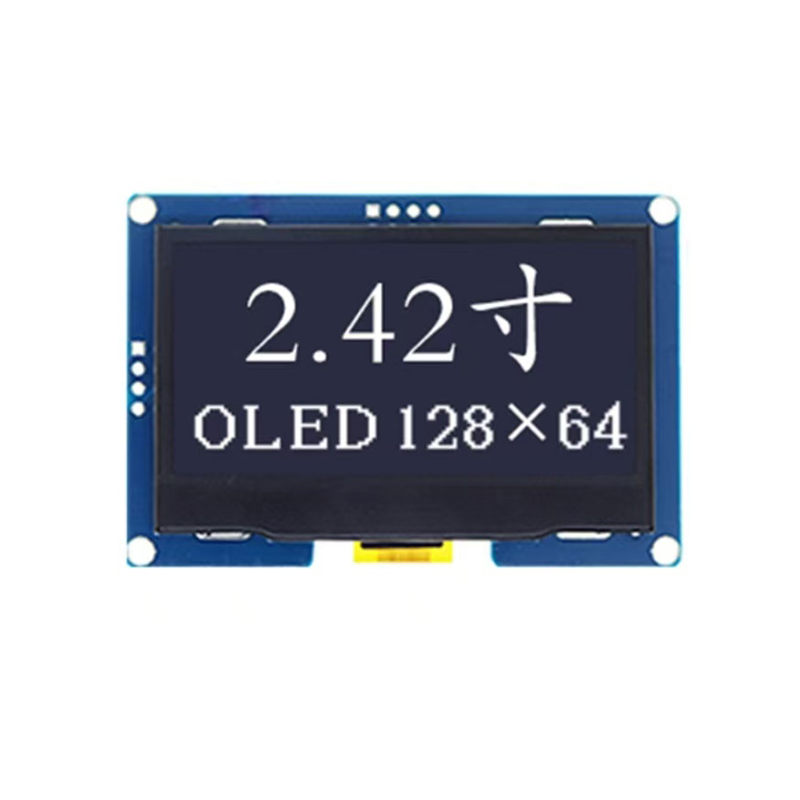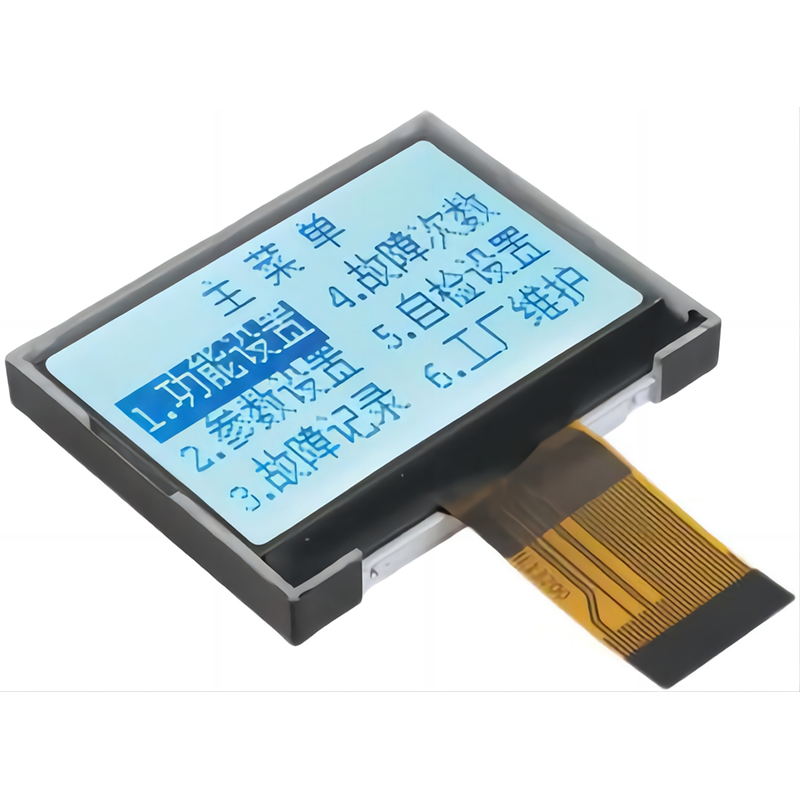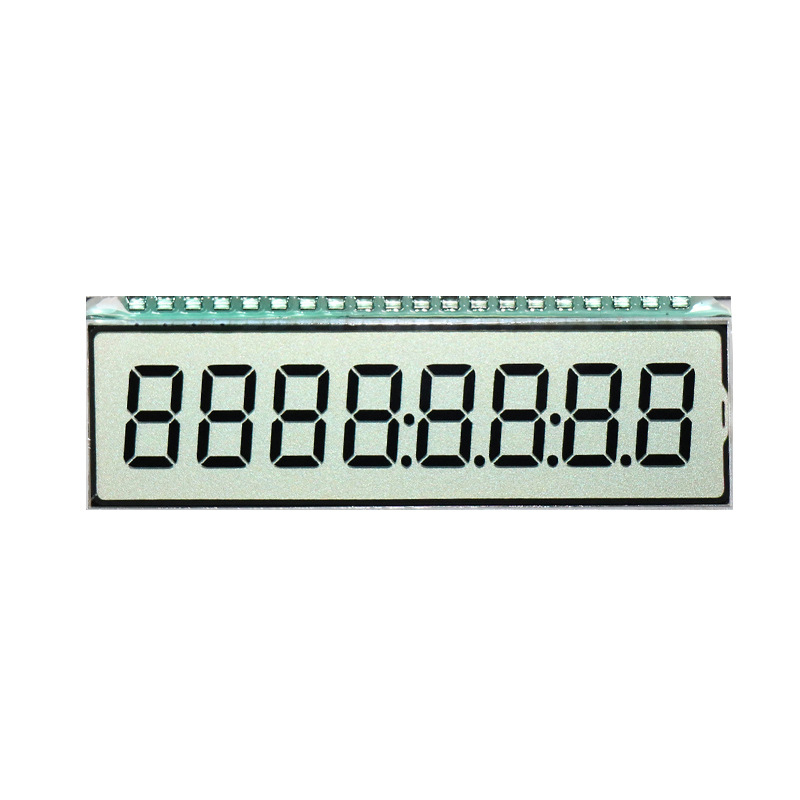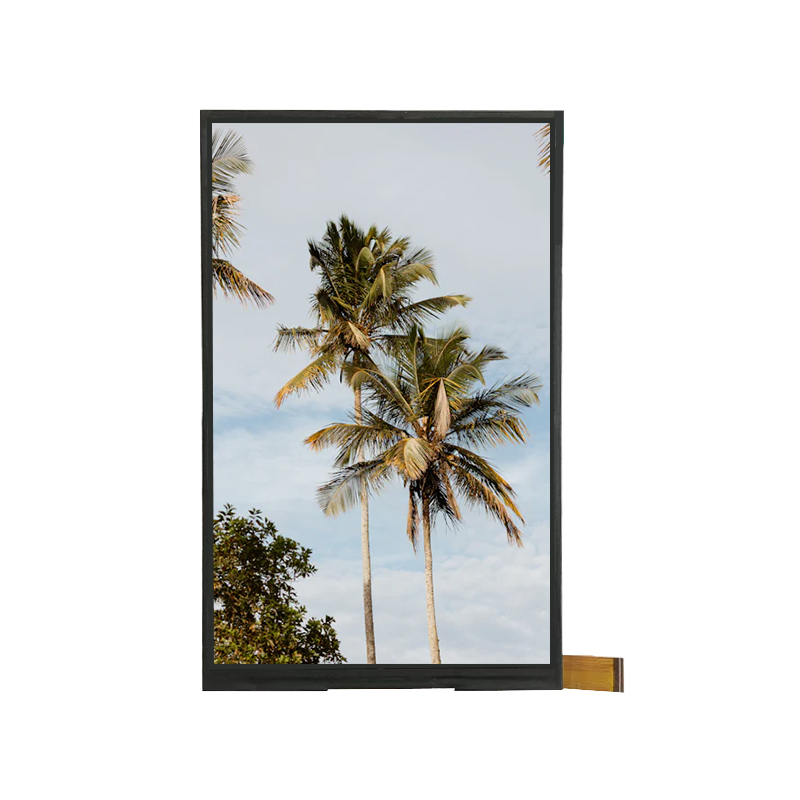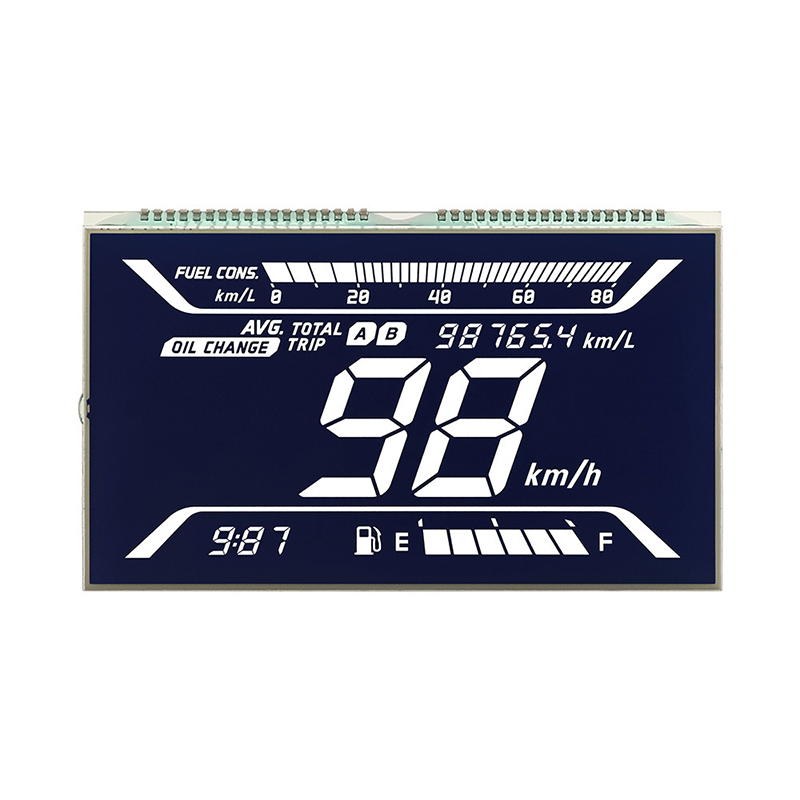
This comprehensive guide explores the capabilities and applications of 1 inch OLED displays. We delve into their technical specifications, advantages over alternative technologies, and diverse use cases, helping you understand how these miniature marvels are revolutionizing various industries. Learn about key considerations for selecting the right 1 inch OLED display for your project and discover real-world examples of their implementation.
Organic Light-Emitting Diodes (OLEDs) are self-emissive displays, meaning each pixel generates its own light. This differs from LCDs (Liquid Crystal Displays), which require a backlight. This inherent characteristic of OLEDs allows for superior contrast ratios, deeper blacks, and vibrant colors, especially beneficial in a small form factor like a 1 inch OLED display. The smaller size makes them ideal for applications where screen real estate is limited.
1 inch OLED displays come in a variety of resolutions, color depths, and brightness levels. Key specifications to consider include:
The specific specifications will vary greatly depending on the manufacturer and intended application. Always refer to the manufacturer's datasheet for precise details.
The self-emissive nature of OLEDs results in exceptional image quality. Expect deep blacks, high contrast ratios, and incredibly rich colors, significantly surpassing what's achievable with similar-sized LCD displays. This is particularly important for applications requiring clear, detailed visuals in a compact space. A 1 inch OLED display offers a level of visual fidelity often unseen in smaller screen sizes.
Because OLED pixels only illuminate when needed, they generally consume less power than LCDs, especially when displaying dark content. This energy efficiency is a crucial advantage in battery-powered devices where minimizing power consumption is paramount.
OLED displays are inherently thinner and lighter than LCD counterparts, making them ideal for portable and space-constrained applications. This factor contributes significantly to the overall design aesthetic and functionality of devices incorporating a 1 inch OLED display.
Smartwatches, fitness trackers, and other wearable devices often utilize 1 inch OLED displays to provide clear, concise information in a compact form factor. The vibrant colors and energy efficiency are key features that enhance the user experience.
Miniaturized displays are vital in many medical applications. A 1 inch OLED display can be used in portable diagnostic tools, patient monitoring equipment, and other medical instruments where a small, high-quality screen is essential.
Small, high-resolution displays are used in various industrial applications, such as handheld controllers, process monitoring devices, and other equipment requiring clear information feedback in a compact form.
Selecting the appropriate 1 inch OLED display depends on several factors. Consider the required resolution, brightness, color depth, power consumption, and overall cost. Consult datasheets from reputable manufacturers and compare specifications to ensure that the chosen display meets the demands of your project. For high-quality, reliable 1 inch OLED displays and other display solutions, consider exploring options from reputable manufacturers such as Dalian Eastern Display Co., Ltd. – a company specializing in providing innovative display technologies.
| Feature | OLED Display A | OLED Display B |
|---|---|---|
| Resolution | 128x128 | 240x240 |
| Brightness (nits) | 300 | 450 |
| Power Consumption (mW) | 100 | 150 |
Note: This is sample data. Actual specifications vary widely depending on the manufacturer and specific model. Always consult the manufacturer's datasheet for accurate information.


